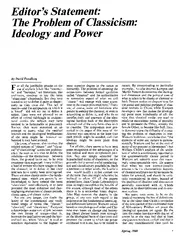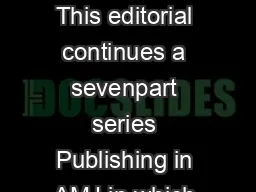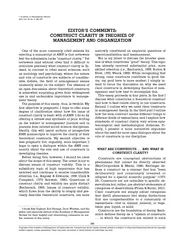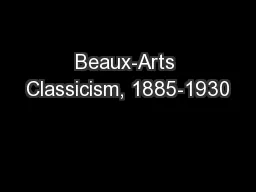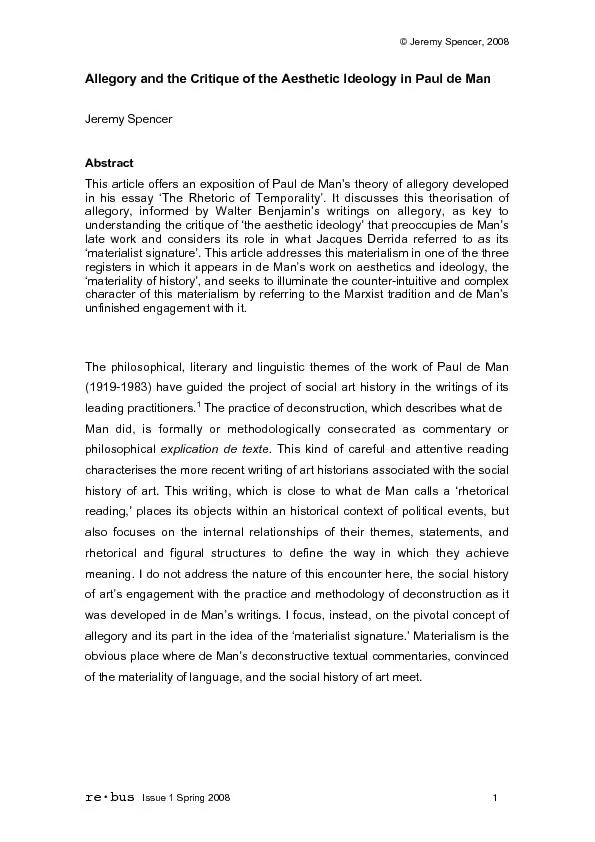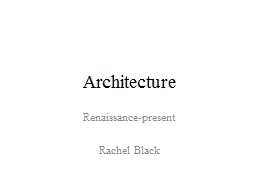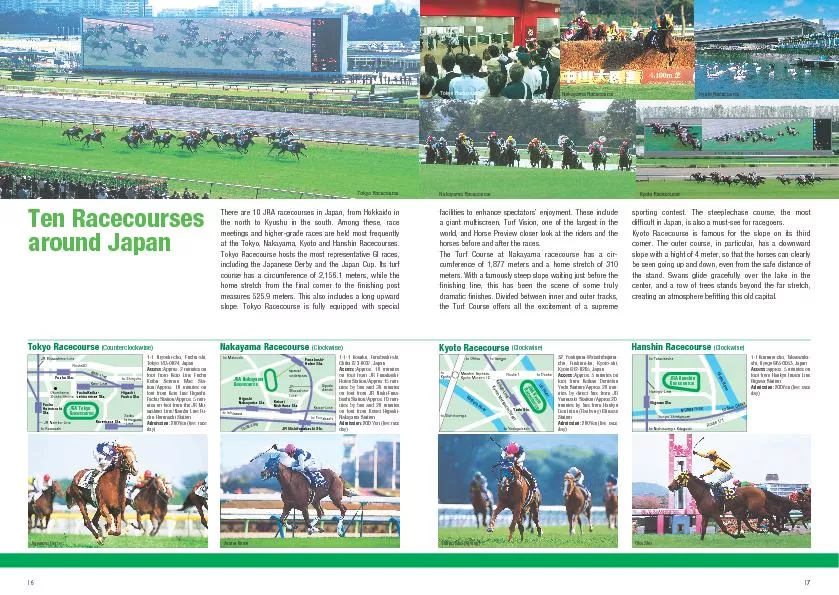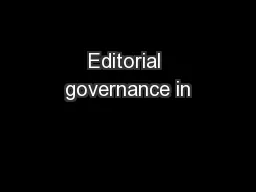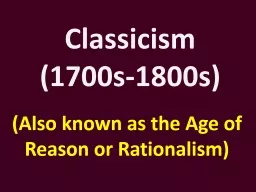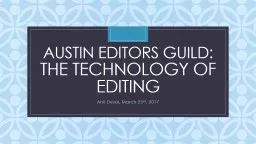PDF-Editors Sta tement The Problem of Classicism Ideolog
Author : pasty-toler | Published Date : 2015-05-15
But they have ceased to try to define it quite as desper ately as they once did This set of essaysand the symposium on which it is basedldid not set out to define
Presentation Embed Code
Download Presentation
Download Presentation The PPT/PDF document "Editors Sta tement The Problem of Class..." is the property of its rightful owner. Permission is granted to download and print the materials on this website for personal, non-commercial use only, and to display it on your personal computer provided you do not modify the materials and that you retain all copyright notices contained in the materials. By downloading content from our website, you accept the terms of this agreement.
Editors Sta tement The Problem of Classicism Ideolog: Transcript
Download Rules Of Document
"Editors Sta tement The Problem of Classicism Ideolog"The content belongs to its owner. You may download and print it for personal use, without modification, and keep all copyright notices. By downloading, you agree to these terms.
Related Documents

